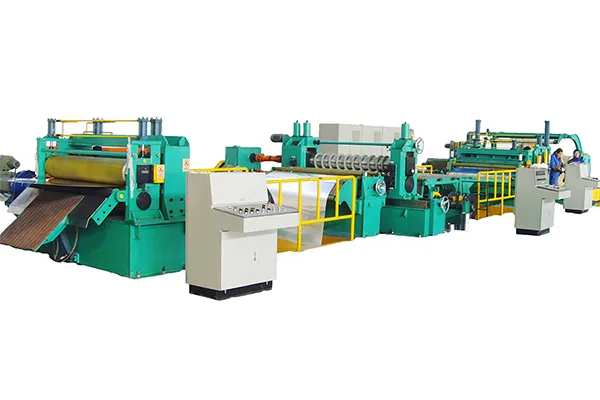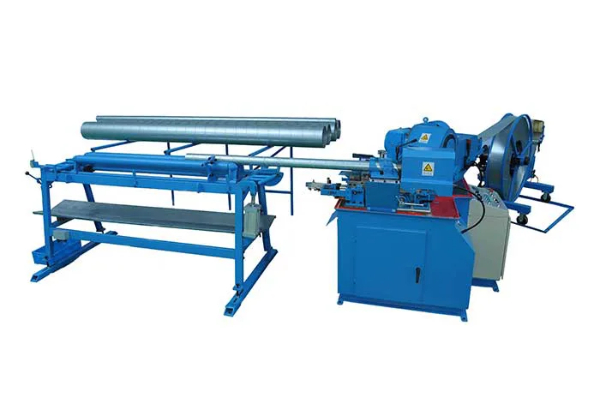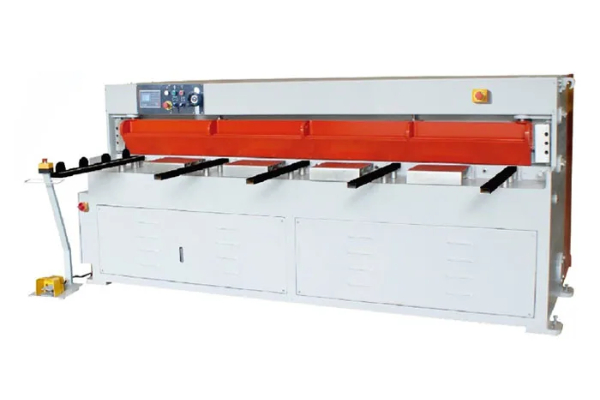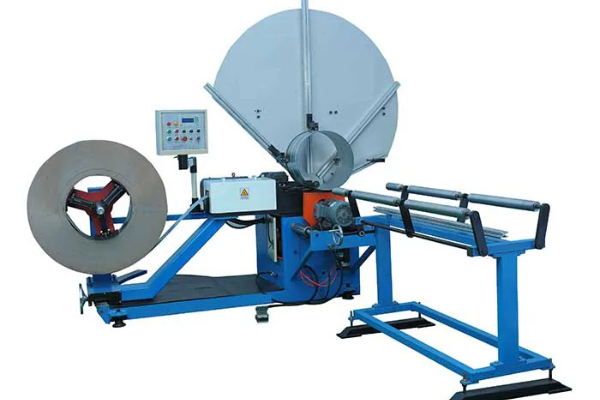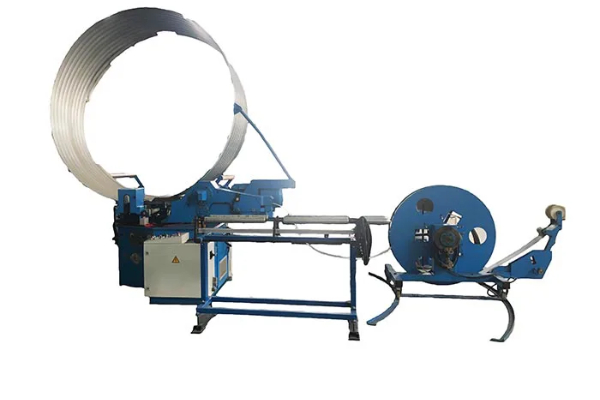
Future Trends in Press Brake Bending Technology
- By:Metmac
- 2024-07-26
- 83
In an era of rapid technological advancements, the press brake bending industry is poised to undergo a transformative revolution. As manufacturers strive for greater precision, efficiency, and versatility, the future of press brake bending holds tantalizing possibilities that will redefine metal fabrication.
1. Automated Bending
Artificial intelligence and robotics are poised to automate many aspects of press brake bending. Advanced control systems will enable machines to analyze part geometry, calculate optimal bend parameters, and execute complex sequences with minimal human intervention. This will free up operators for higher-value tasks, leading to increased productivity and reduced lead times.
2. Sensor-Equipped Tooling
Sensors embedded in tooling will provide real-time feedback on bending angles, springback, and material properties. This information will allow machines to automatically adjust their settings, compensating for variations in material thickness, formability, and temperature. The result will be consistent, high-quality bends with minimal scrap.
3. Flexible Die Systems
Configurable die systems will replace traditional fixed dies, allowing manufacturers to quickly and easily change tools for different part geometries. This will dramatically reduce setup times and enable smaller batches to be produced economically. Flexible dies will also make it possible to create complex bends, such as compound curves and flanges.
4. Smart Connectivity
Press brake bending machines will become increasingly interconnected, enabling remote monitoring, diagnostics, and predictive maintenance. Cloud-based software will provide real-time data on machine performance, allowing manufacturers to identify potential issues and schedule maintenance proactively. This will minimize downtime and ensure optimal machine utilization.
5. Sustainability
The future of press brake bending will prioritize sustainability. Electrically powered machines will reduce emissions and noise levels. New bending technologies, such as hydroforming and rotary draw bending, will minimize material waste and energy consumption. Additionally, the use of recycled materials in press brake tooling and components will further reduce the industry’s environmental footprint.
As these trends continue to evolve, the press brake bending industry will witness unprecedented advancements that will transform the way metal is shaped and fabricated. Manufacturers who embrace these technologies will gain a competitive edge, enabling them to produce high-quality parts faster, more efficiently, and at a lower cost.
-
Reliable Sheet Metal Equipment for Sale to Support Precision Fabrication
2025/07/17 -
Advanced Duct Machine AC and Fabrication Solutions from Metmac
2025/07/12 -
The Advantages of Using a Sheet Roll Forming Machine in Manufacturing
2024/09/14 -
How to Optimize Your Laser Sheet Cutting Machine for Maximum Performance
2024/09/12
-
Advanced Sheet Metal Machinery for Precision Fabrication
2025/07/17 -
Precision Sheet Metal Bending and Cutting Machines for Industrial Fabrication
2025/07/17 -
High-Precision Duct Forming, Cutting, and Bending Machines by Metmac
2025/07/12 -
Efficient Duct Board Cutter and HVAC Duct Machines for Sale by Metmac
2025/07/12
-
A Guide to the Latest Innovations in Sheet Metal Folding Machines
2024/11/29 -
Key Features to Consider When Investing in a Sheet Metal Folding Machine
2024/11/28 -
Enhancing Precision with Advanced Sheet Metal Folding Machines
2024/11/27 -
How to Choose the Right Sheet Metal Folding Machine for Your Workshop
2024/11/26
